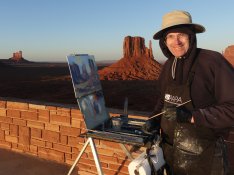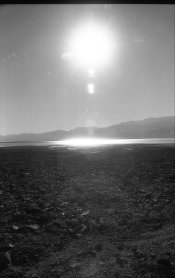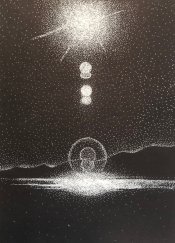Alex Benjamin
Subscriber
Cropping is lame and serves to fit an agenda.
...and I could as easily argue that "Not cropping as principle is pretentious, borderline narcissistic, and serves to fit an agenda."
Problem is, both statements amount to zilch. There are great cropped photos, and there are great un-cropped photos. In the end, nobody gives a damn. Even worse: the medium itself doesn't care what you and I think about the subject. And it's a good thing too. Photography survives and keeps evolving regardless of all the nonsense, all the principles, rules and regulations that you, or I, or anybody else - including Cartier-Bresson - try to impose upon it.




 .
.

